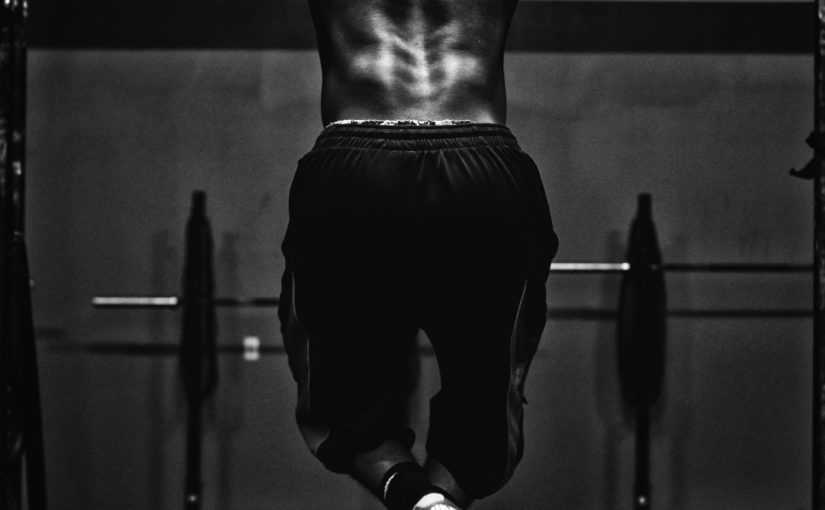by Jackie Edwards
Sport is big business these days, with the market worth $60.5 million in North America and predicted to rise to $73.5 billion in 2019. Sports is not only a moneymaker for event promoters and the media; it is also increasingly being seen as a top career choice for those with the talent, drive, and commitment required to succeed. New developments in sport have shown that success is not all about the individual athlete. In popular sports like tennis, football, or golf, science & technology are playing an important role in helping competitors perform at their full potential. In this post, we look at just a few ways that science is changing the way we play and compete.
Swing Training Technology for Golf
You would need to be a master physicist to work out the exact angle at which to position your club when playing golf, but science and technology are making it a whole lot easier with swing training technology, which brings real-time body positioning analysis to everyday golfers with the help of a handy app. The app ‘tells’ golfers exactly how to position their body and gives them top information on how to do better next time. Of course, the app won’t fix deeper problems such as weak muscles in the shoulder and back. Top level athletes will also need to regularly carry out specific training programs for golf, which include strength training for key muscle groups. In essence, performing the right swing depends on issues like back strength, so you may need to address this first to perfect your game.
Head and Neck Support for Motor Sports
Dale Earnhardt’s death on the track at the Daytona 500 race revealed the extent to which the head and neck area are vulnerable in motor sports. HANS devices have been created by scientists to stop the head from whipping forwards and backwards in the event of an accident, and to lend more support to the neck. The device is U-shaped and is positioned behind the neck, with two ‘arms’ that extend over the pectorals. Over 140,000 devices have already been sold worldwide.
Wearable Computers and Hawk-Eye Camera Systems
Wearable computers are allowing both players and managers to assess a player’s level of fatigue, hydration levels, etc. This type of information is vital to avoid heart attacks and other major health events from taking place on the field. Smart fabrics will enable athletes to glean even more information, including heart function data and movement of the body’s center of mass. Scientists have stated that the future could take us beyond wearables. The Hawk-Eye camera system is currently used to obtain information on running biomechanics and other metrics during games of elite players. The NBA, meanwhile, relies on Second Spectrum’s computer vision technology to obtain information about player positioning and other 3D data such as ball and referee positioning.
We have presented just a few ways in which science and technology are enabling athletes to perform more optimally, but also to stay safe. Wearable devices and fabrics, aerial camera systems, and new safety gear are making sport a much more scientifically accurate and appealing pursuit. Information is power, and nowhere is this truer than on the field or track.
